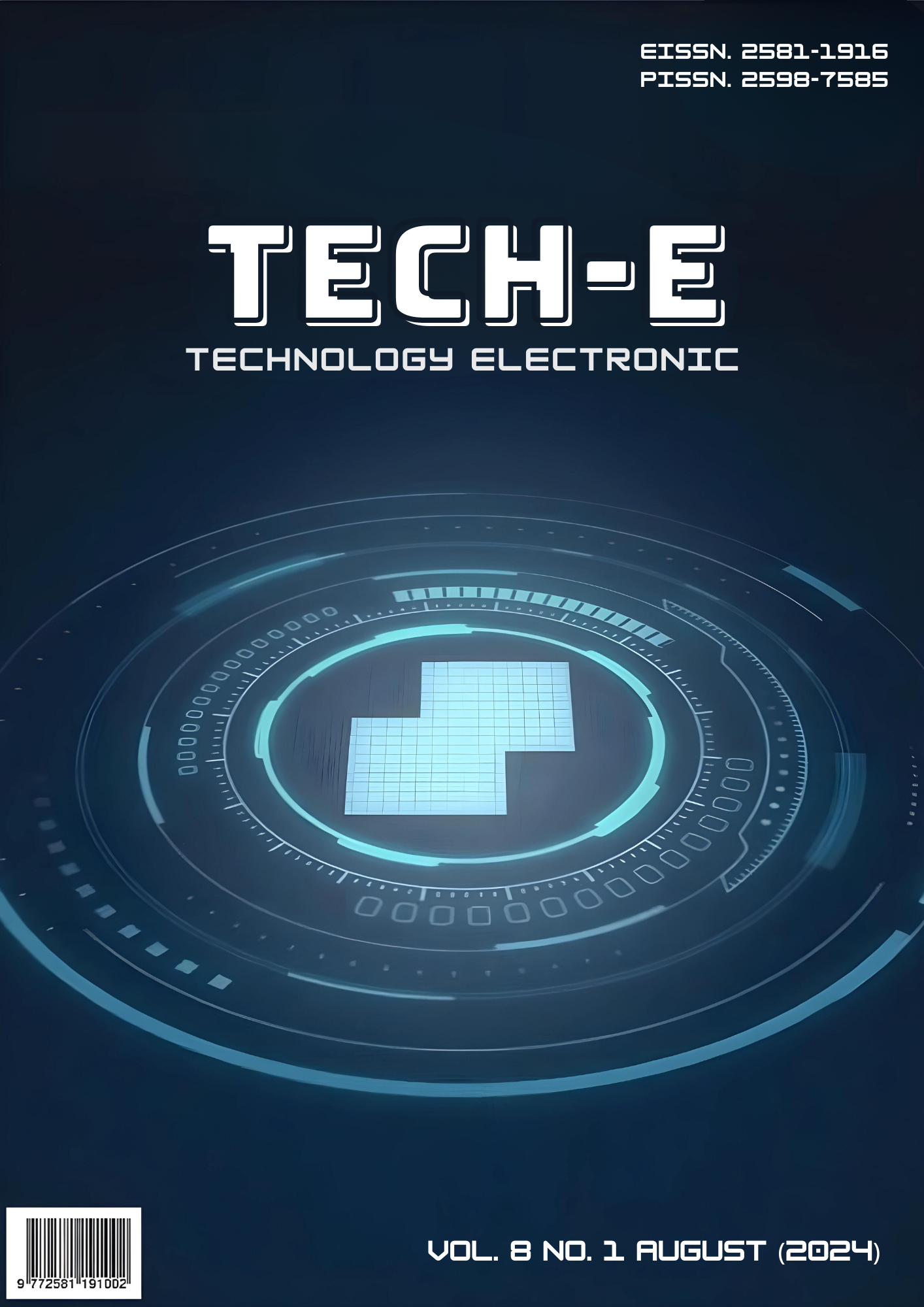Designing Air Quality Detection Systems with Over-the-Air Firmware Update Methods for Performance Enhancement
Main Article Content
Abstract
Implementing the Over-The-Air (OTA) system, which facilitates wireless and remote updates of software or firmware through internet connectivity, offers a significant advantage by saving both time and effort. This approach allows for firmware updates to be performed directly from any location, eliminating the need to physically visit each device. This is especially advantageous in the manufacturing of air quality monitoring devices, where adjustments to programs and software are often needed, particularly with seasonal changes. Updating firmware manually on numerous devices can be a time-consuming and labor-intensive process. To address this issue, the proposed device will be designed to support air quality readings and will utilize an internet connection to enable virtual firmware updates. The device will periodically check its program storage for new firmware versions. When a new version is detected, the device will automatically download and install the latest firmware available. This process reduces the need for manual intervention and improves operational efficiency. Additionally, deploying multiple devices across a large area is crucial for ensuring comprehensive coverage. This approach not only simplifies maintenance but also enhances the operational management of air quality monitoring systems. By leveraging OTA technology, the process of updating devices becomes more streamlined, scalable, and efficient, contributing to more effective environmental monitoring and management.
Downloads
Article Details

This work is licensed under a Creative Commons Attribution-NonCommercial-NoDerivatives 4.0 International License.
The Authors submitting a manuscript do so on the understanding that if accepted for publication, copyright of the article shall be assigned to journal Tech-E, Universitas Buddhi Dharma as publisher of the journal.
Copyright encompasses exclusive rights to reproduce and deliver the article in all form and media, including reprints, photographs, microfilms and any other similar reproductions, as well as translations. The reproduction of any part of this journal, its storage in databases and its transmission by any form or media, such as electronic, electrostatic and mechanical copies, photocopies, recordings, magnetic media, etc. , will be allowed only with a written permission from journal Tech-E.
journal Tech-E, the Editors and the Advisory Editorial Board make every effort to ensure that no wrong or misleading data, opinions or statements be published in the journal. In any way, the contents of the articles and advertisements published in the journal Tech-E, Universitas Buddhi Dharma are sole and exclusive responsibility of their respective authors and advertisers.
 Abstract views: 73
/
Abstract views: 73
/  PDF downloads: 61
PDF downloads: 61

